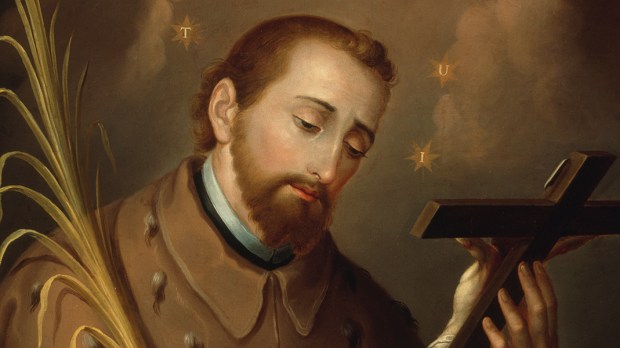The sacramental seal is inviolable; therefore, it is a crime for a confessor in any way to betray a penitent by word or in any other manner or for any reason.” CCC 2490
On July 1, the Vatican issued a document about the “absolute inviolability” of the seal of confession, which mandates priests to keep everything about sacramental confession a complete secret, up to the point of shedding their blood before revealing anything.

Read more:
No human power has any jurisdiction over secrecy of confession, pope affirms
Aleteia is offering you short biographies of some of the many priests who have died rather than violate the seal.
Part 3: Meet St. John Nepomucene
Part 1: Martyrs of the secrecy of Confession: The general wanted to know if they’d plotted against himPart 2: Martyrs of the secrecy of Confession: What had the prisoners revealed?
John of Nepomuk (also known as John Nepomucene) was born sometime during the spring of 1345 in a place called Nepomuk in Bohemia (Czech Republic). Not much is known about his parents or his early life, but it is known that he attended Charles University in Prague and then continued his studies at the University of Padua. John was ordained to the priesthood in 1373.
Father John continued his studies at Padua and in 1387, earned a doctorate in canon law. Soon after he was named vicar-general for the Archdiocese of Prague. Unfortunately for Father John, this was during the period of the Great Schism, and his sentiments were opposite those of the ruthless King Wenceslas IV.
Though John was forced to endure incredible pain, he held fast to his resolve, and never said anything.
As vicar general, Father John followed his Church and archbishop. King Wenceslas IV and the archbishop were in a power struggle over the creation of a new cathedral. The king wanted the abbey turned into a cathedral and ordered that no new abbot could be appointed once the present abbot died.
Rarek the Abbot died in 1393. However, the monks of the abbey decided to avoid the king’s order and quickly nominated a successor, named Odelenus. It was the vicar general, John Nepomucene, who confirmed the new abbot, not the archbishop. King Wenceslas was furious and had Father John arrested and taken to the Prague Castle to be tortured.
The truth was King Wenceslas had a hidden agenda. John was the queen’s confessor and her husband had become suspicious that she was unfaithful to him. He was obsessing more and more about this and decided he would get the information he wanted from the priest.
King Wenceslas chose to torture Father John himself. He was determined to “do it effectively.”
Wenceslas tortured Father John with fire. He burned his sides and committed awful acts against the man, demanding he tell him what his wife had confessed to him. But the king’s cruelty was to no avail because even though John was forced to endure incredible pain, he held fast to his resolve, and never said anything.
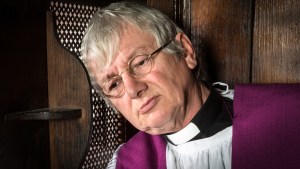
Read more:
The seal of confession: What it is and why it should be protected
King Wenceslas finally gave up and had John sign an oath of secrecy about his treatment. Then the priest was released. But he was already dying from the brutal treatment he had received, and the king did not want anyone to see the condition he was in. After all, he was the vicar general and second in rank to the archbishop. The king reneged on the oath of secrecy and had Father John arrested again. This time they gagged him, tied him, and brought him to the Charles Bridge that crosses the Vltava River. In the darkness of the night, they tossed him from the bridge and into the water below, where he drowned. The date was March 20, 1393.
John’s body was recovered from the Vtala River and buried in St. Vitus Cathedral. The Archbishop of Prague, Jan of Jenstejn, hurried to Rome, traveling with the new abbey of Kladruby. He began referring to John Napomucene as “the holy martyr.” Several years later, miracles began being reported that were attributed to him. It is also said that five stars appeared where John’s body entered the water. To this day, a cross marks the spot where John was thrown to his death, and statues and pictures of John usually display five stars surrounding his head.
There was controversy surrounding the reasons for John’s execution. Some had said that it was strictly because of his going against the king’s wishes by anointing the new abbot. Others said it was because of being the queen’s confessor and not revealing what she confessed. Much research was done, and many writings read and analyzed. The Church decided that he was killed because of refusing to break the Sacred Seal of the Confessional.
John Napomucene was canonized a saint on March 19, 1729, by Pope Benedict XIII. He is the Proto-Martyr of the Seal of the Confessional and the Patron Saint of the Seal of Confession. Some consider him the patron of confessors, but that title belongs primarily to St. Alphonsus Liguori.
St. John Napomucene, please pray for us.
Pray for all priest confessors, for a greater love of the Sacrament of Confession, and for all those legislators and politicians who would attempt to violate it.
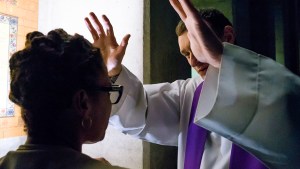
Read more:
Barron: It’s time for Catholics (and all religious people) to wake up to the danger of the California Confession bill
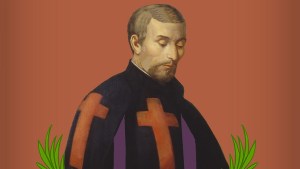
Read more:
Martyrs of the secrecy of Confession: The general wanted to know if they’d plotted against him
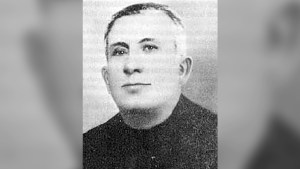
Read more:
Martyrs of the secrecy of Confession: What had the prisoners revealed?
